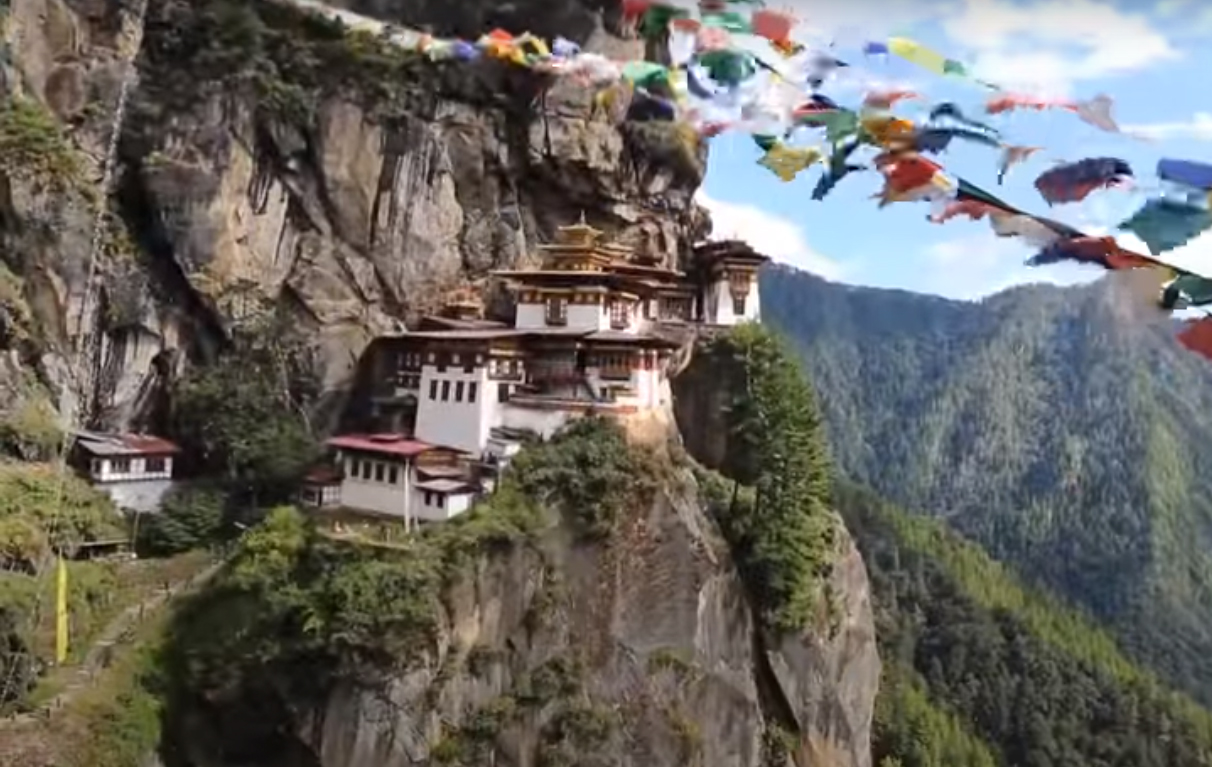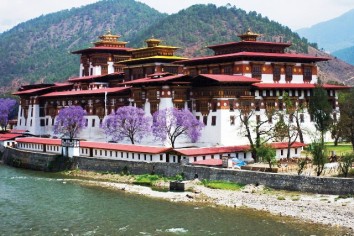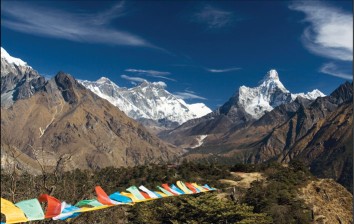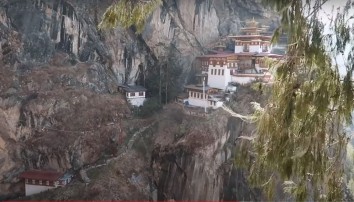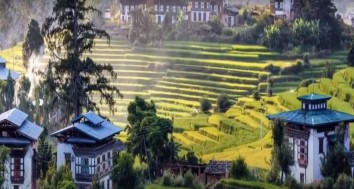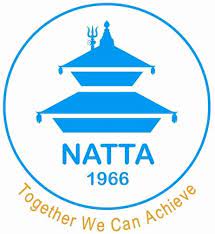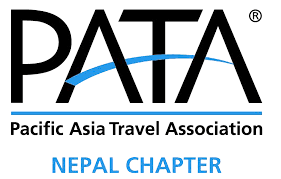Thimphu- This bustling little city is the main center of commerce, religion and government in the country. Thimphu is the most modern city with an abundance of restaurants, internet cafes, nightclubs and shopping centers. However it still retains its cultural identity and values amidst the signs of modernization, often referred to as the world 's only city without traffic lights. Textile Museum: The National Textile Museum which opened in June 2001, is worth a leisurely visit to get to know the living national art of weaving. Changing exhibitions introduce the major weaving techniques, styles of local dress and textiles made by women and men.
The small shop features work from the renowned weaving centers in Lhuntshe Dzongkhag, in north-eastern Bhutan. Each item is leveled with the name of the weaver and price. The textile museum's exhibitions are centered around six major themes - warp pattern weaves, weft pattern weaves, role of textiles in religion, achievements in textile arts, textiles from indigenous fibers and the royal collection. Visit Buddha viewpoint: The Buddha Dordenma is located at the top of the hill in Kuensel Phodrang Nature Park and overlooks the southern entrance to Thimphu valley. Drive pass by Memorial: It is located close to the center of Thimphu city and is one of its most iconic monuments. Visitors will find elderly Bhutanese people circumambulating the Chorten throughout the day. The National Memorial Chorten was built in memory of Late Third King of Bhutan and dedicated to World Peace.
The Third King is regarded as the father of modern Bhutan. Visit an interesting weekend market: An interesting well-organized permanent set of stalls built for vegetable vendors across the country. Its open from Wednesday to Monday and closed on Tuesdays. One can find a wide range of local vegetables and fruits. Witness ongoing live archery matches in Changlimithang: Archery is the national game of Bhutan, it is amazing to see Bhutanese archers hitting targets from a distance of 145 meters range. Bhutan has top archers in some categories at the Olympic Games. Overnight in Thimphu
 Heritage Nepal - Tours and Treks
Heritage Nepal - Tours and Treks